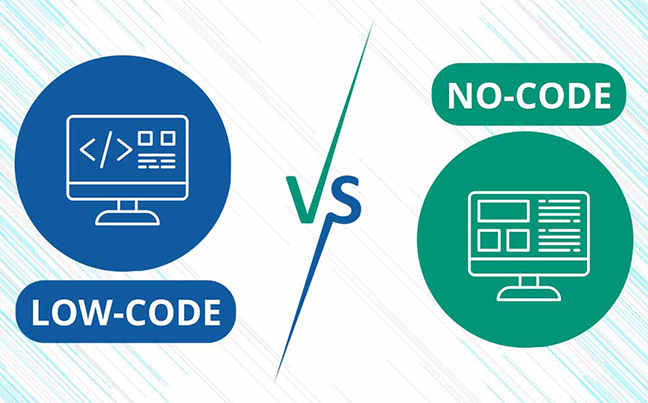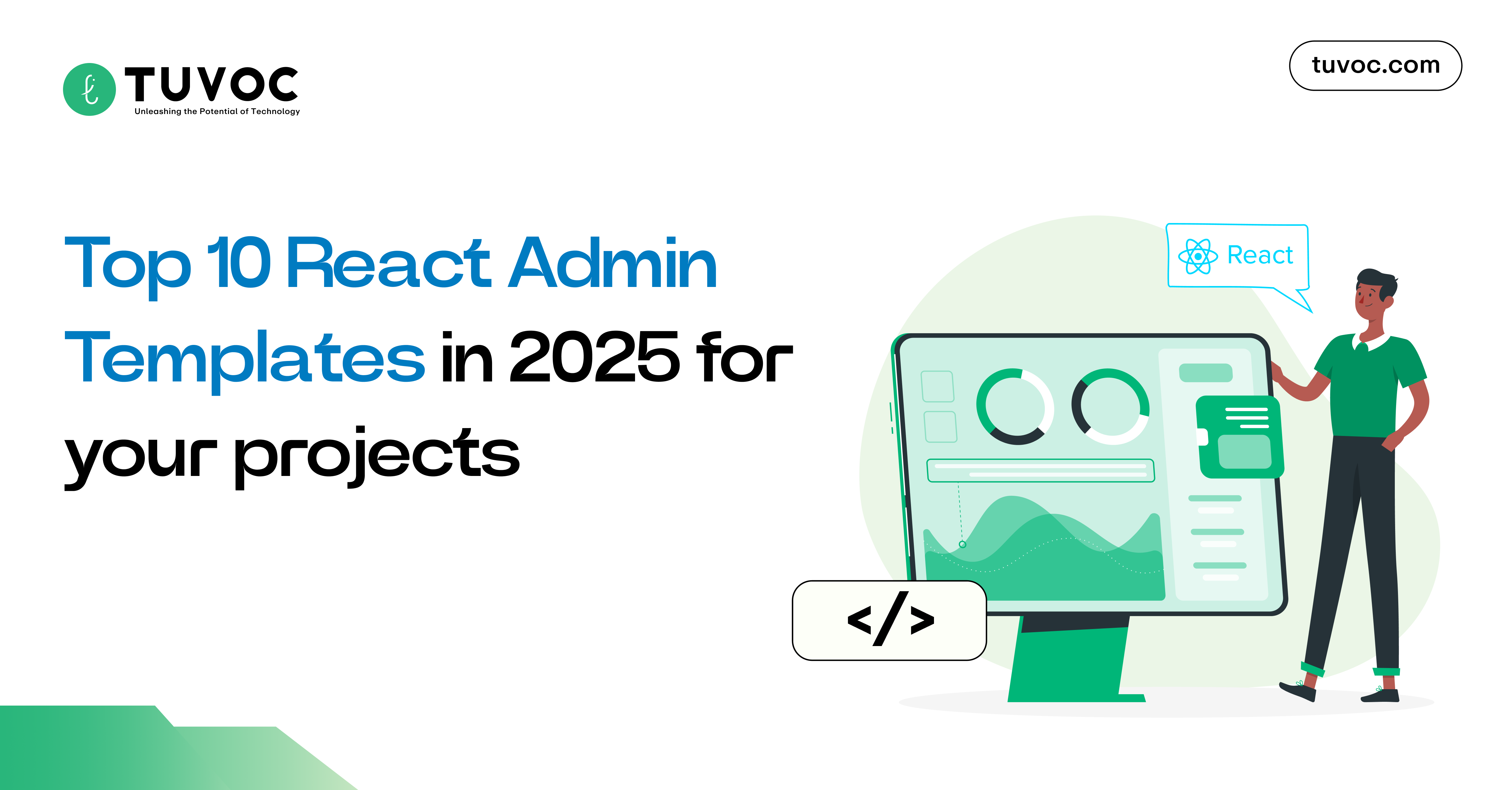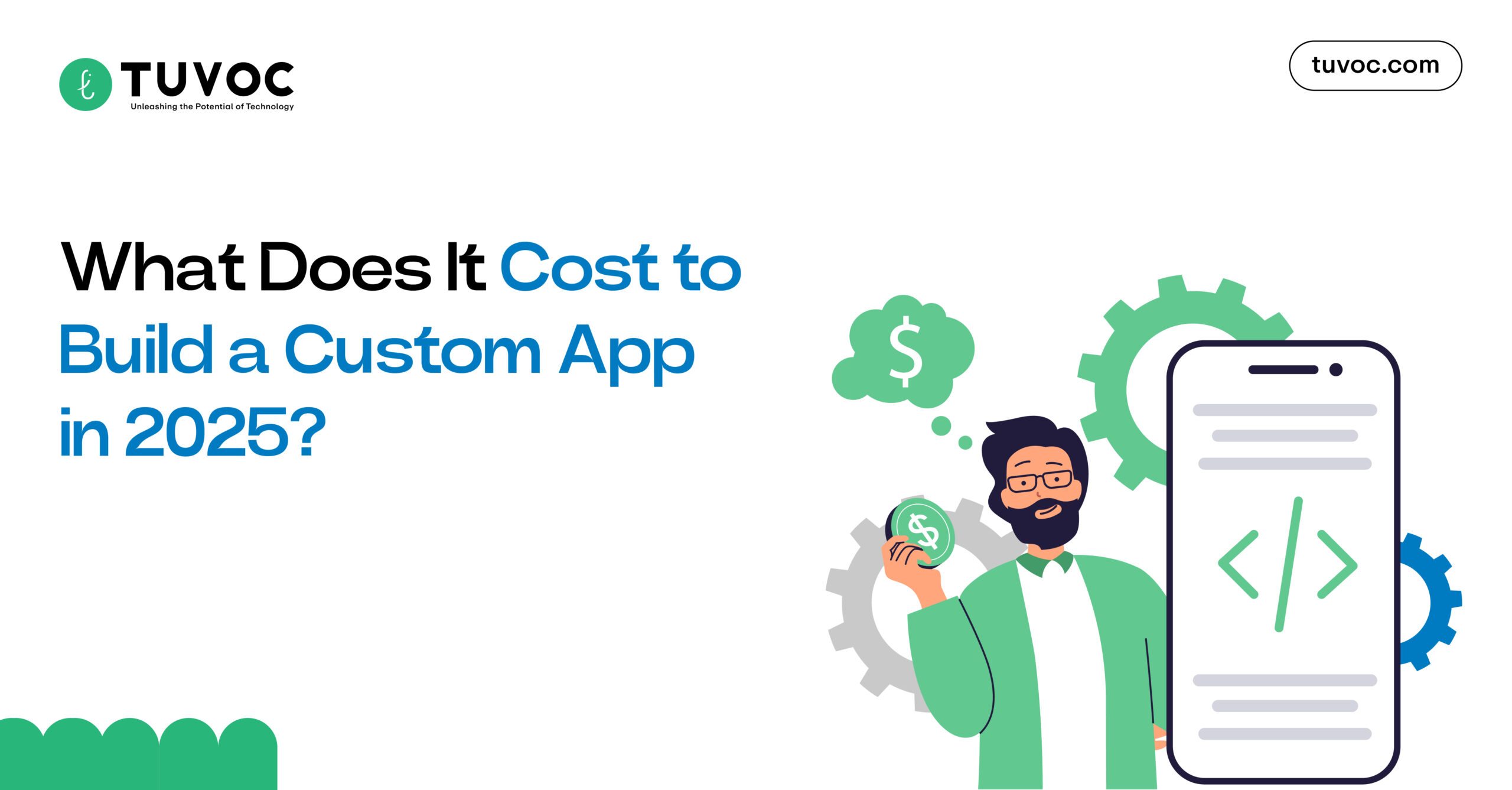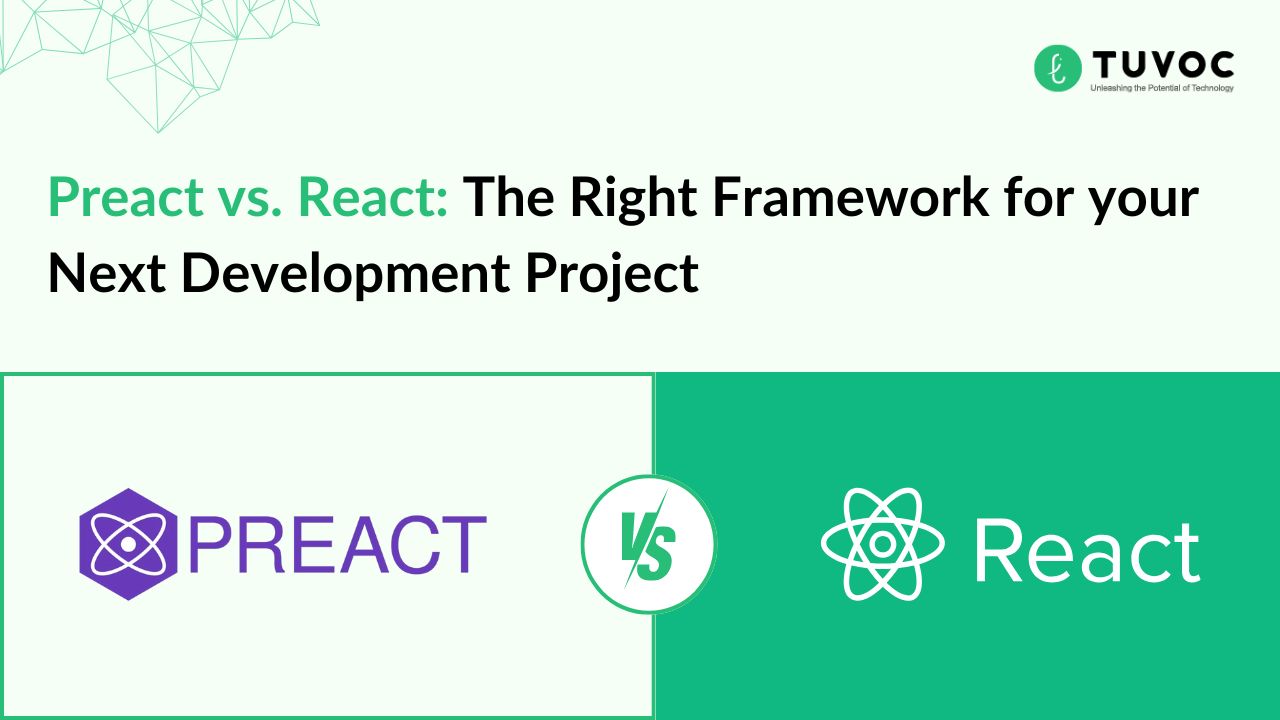What is the Difference Between Low-Code and No-Code Platform?

Introduction
For so long time, businesses had two options for their app development; either get a ready-made app from some app development company or get a customised app development with the help of having expert developers and coders.
Low-code and no-code are software development methodologies that are used to reduce the complexity related to traditional app development methods to speed up the development process.
Instead of manual hand coding, both methods use visual programming and automation to create software solutions. However, low-code and no-code platforms are not similar.
In this blog, we will look at What is Low Code vs No Code and How to use Low Code- No Code. Let us begin.
What Exactly is Low-Code?
Low-code fintech is a method of software development that involves little to no coding to create apps and processes. A low-code development platform can use visual interfaces with simple logic and drag-and-drop features instead of complicated programming languages.
Users with no extensive experience in coding or software development can use these easy ways to create software for a variety of purposes, including mobile and business applications.
What Exactly is No-Code?
A no-code development tool does not require coding knowledge or experience. Instead, users access the no-code platform’s functionalities via a visual interface. For example, a drag-and-drop menu or similar user-friendly visual interface.
Non-technical personnel, such as business team members or citizen developers, can use a set of IT-approved building blocks to create applications or automate their workflows.
What is Low Code vs No Code: Differences to know
| Feature | Low Code | No Code |
|---|---|---|
| Coding Expertise | Targets developers or coding-skilled consumers. | Requires no coding, and uses drag-and-drop interfaces. Technical background is advantageous. |
| Application | Suited for complex features, important business operations, and prototypes. | Ideal for project tracking, analytics, workflow management, and adaptable apps. |
| Development Speed | Slows down with developer involvement in certain components | Rapid programming foundation, suitable for quick task completion and functional prototypes. |
| Finding Bugs | Prone to errors in manual coding. | Less susceptible to errors as it doesn’t require manual coding. |
| Personalizing | Allows coding for extensive customization. | Limited configurability, may be restrictive for specific business needs. |
Requirement for Coding Expertise:
Low-code fintech solutions use visual development environments and automated integration to back-end systems, databases, web services, or APIs to target developers or consumers with coding skills who need to construct programs quickly.
It’s much more straightforward with no-code solutions, which offer drag-and-drop graphic interfaces without the need for writing. For both, the technical background will be advantageous.
Application:
The ideal uses for no-code technologies are in the development of tools for project tracking and analytics, progress reporting, workflow management, small online stores, and adaptable apps that can be updated and improved based on your particular needs.
Applications created with low code fintech can have numerous intricate features. It can be used to start important business operations and create a prototype that serves as the foundation for additional programming.
Developmental speed:
Quick programming is the foundation upon which no-code tools are constructed, enabling them to complete tasks as quickly as possible. This helps in the creation of functional prototypes for entrepreneurs and small enterprises.
Low code gets longer the development process by requiring developers to create certain application components.
Finding bugs:
Since users do not need to write code to construct apps, the no-code approach is less susceptible to errors caused by manual encoding.
Since it is possible to improve or change specific functions, low code is prone to faults. Errors and potential issues may also result from the human element. In the meantime, QA specialists can use a variety of technologies from low-code platforms, including scenario testing and issue reporting.
Personalizing:
In general, no-code systems have limited configurable functionality. For individuals who wish to modify programs to specific business needs, this could be an issue.
Users of low-code platforms can code and alter products to suit their needs, giving them enormous customisation potential.
Final Thoughts:
With low-code no-code, you can develop unique apps that support content access, payment limitations, and many other features that previously required developers. Airtable, Kissflow and QuickBase are some best low-code no-code platforms. If you’re not sure where to begin your evaluation and How to use Low Code- No Code, contact Tuvoc Technologies right away. We have experts to solve all your queries.






